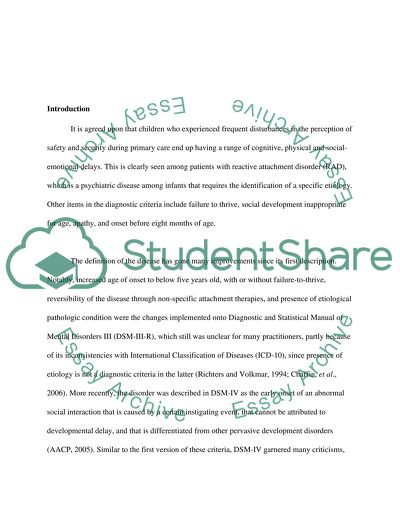Cite this document
(“Current Knowledge on Etiology and the History of Treatment Research Paper”, n.d.)
Retrieved from https://studentshare.org/psychology/1447845-etiology-of-reactive-attachment-disorder
Retrieved from https://studentshare.org/psychology/1447845-etiology-of-reactive-attachment-disorder
(Current Knowledge on Etiology and the History of Treatment Research Paper)
https://studentshare.org/psychology/1447845-etiology-of-reactive-attachment-disorder.
https://studentshare.org/psychology/1447845-etiology-of-reactive-attachment-disorder.
“Current Knowledge on Etiology and the History of Treatment Research Paper”, n.d. https://studentshare.org/psychology/1447845-etiology-of-reactive-attachment-disorder.


